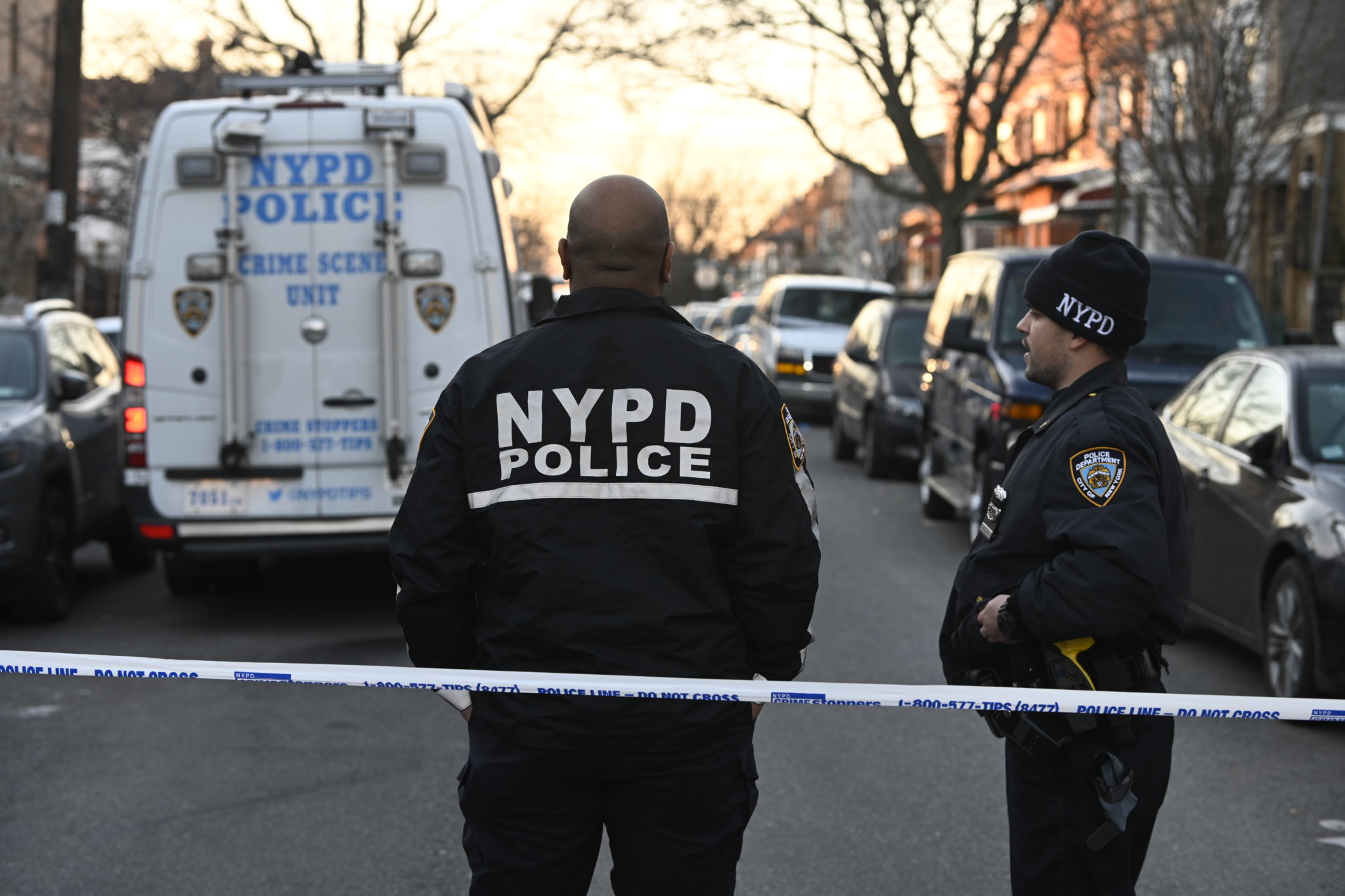Crime In NYC: Examining The City's Struggles With Public Safety
A Critical Examination of Crime in New York City: Unveiling the Complexities of Public Safety
Introduction:
New York City, a global metropolis, is renowned for its vibrant culture, economic prowess, and diverse population. However, beneath the city's bustling facade lies a persistent struggle with crime and public safety. This essay aims to critically examine the complexities of crime in NYC, exploring the multifaceted challenges, perspectives, and potential solutions surrounding this pressing issue.
The Tangled Web of Crime in NYC:
Crime in NYC manifests in various forms, ranging from petty offenses to violent felonies. According to the NYPD's 2022 Crime Report, the city witnessed an overall increase in crime compared to the previous year, with notable spikes in shootings and robberies. These statistics paint a sobering picture of the city's ongoing battle against criminal activity.
Unraveling the Contributing Factors:
The roots of crime in NYC are deeply intertwined with a myriad of socioeconomic and environmental factors. Poverty, unemployment, and lack of access to education and social services contribute to the cycle of crime. Moreover, the presence of gangs, the prevalence of illegal firearms, and the historical legacy of discrimination and inequality further exacerbate the problem.
Law Enforcement and Community Engagement:
The NYPD, the nation's largest police force, plays a vital role in maintaining public safety in NYC. However, the department has faced criticism for its controversial tactics, including stop-and-frisk and the use of excessive force. Calls for police reform and increased community engagement have grown louder in recent years, as many residents demand a more equitable and effective approach to policing.
Alternative Perspectives:
While traditional law enforcement remains a cornerstone of public safety, alternative perspectives on crime prevention have emerged. Community policing programs, which foster partnerships between police and the communities they serve, aim to bridge the gap between law enforcement and the public. Additionally, restorative justice programs focus on repairing harm and fostering accountability without resorting to incarceration.
Data-Driven Insights and Evidence-Based Solutions:
Data analysis plays a crucial role in understanding crime patterns and developing evidence-based solutions. The NYPD's CompStat program, which tracks crime data and monitors police performance, has been credited with reducing crime rates in the past. However, critics argue that it may lead to biased policing and the targeting of minority communities.
The Importance of Prevention and Intervention:
Investing in prevention and intervention programs is essential for addressing the root causes of crime. Early childhood education, job training, and community outreach programs can help break the cycle of poverty and create opportunities for individuals to lead fulfilling lives. Moreover, mental health services and drug treatment programs can prevent crime by addressing underlying issues that may contribute to criminal behavior.
The Role of Community Organizations:
Community organizations play a vital role in combating crime and fostering a sense of safety. They provide a wide range of services, including after-school programs, job training, and violence intervention. By empowering communities and addressing the needs of vulnerable populations, these organizations contribute to creating a more just and equitable society.
Reflections and Implications:
The complexities of crime in NYC necessitate a multifaceted approach that combines traditional law enforcement with alternative perspectives and community-based solutions. By acknowledging the underlying factors that contribute to crime, embracing evidence-based practices, and investing in prevention and intervention, the city can take meaningful steps towards improving public safety and creating a more just and equitable society for all.
Conclusion:
Crime in NYC is a complex and multifaceted issue that requires a nuanced and collaborative approach. By understanding the contributing factors, engaging with diverse perspectives, and prioritizing data-driven solutions, the city can strive to create a safer and more just society for its residents. Only through a collective commitment to prevention, intervention, and community empowerment can NYC effectively address its ongoing struggles with public safety.
Jason Kelce Dressed As Santa Claus, Delivered Perfect Gift To Packers Fans At Lambeau
Rangers Need 'more Heart' To End Skid, Turn Season Around
Sources: Pederson, Rangers Agree To 2-year Deal



